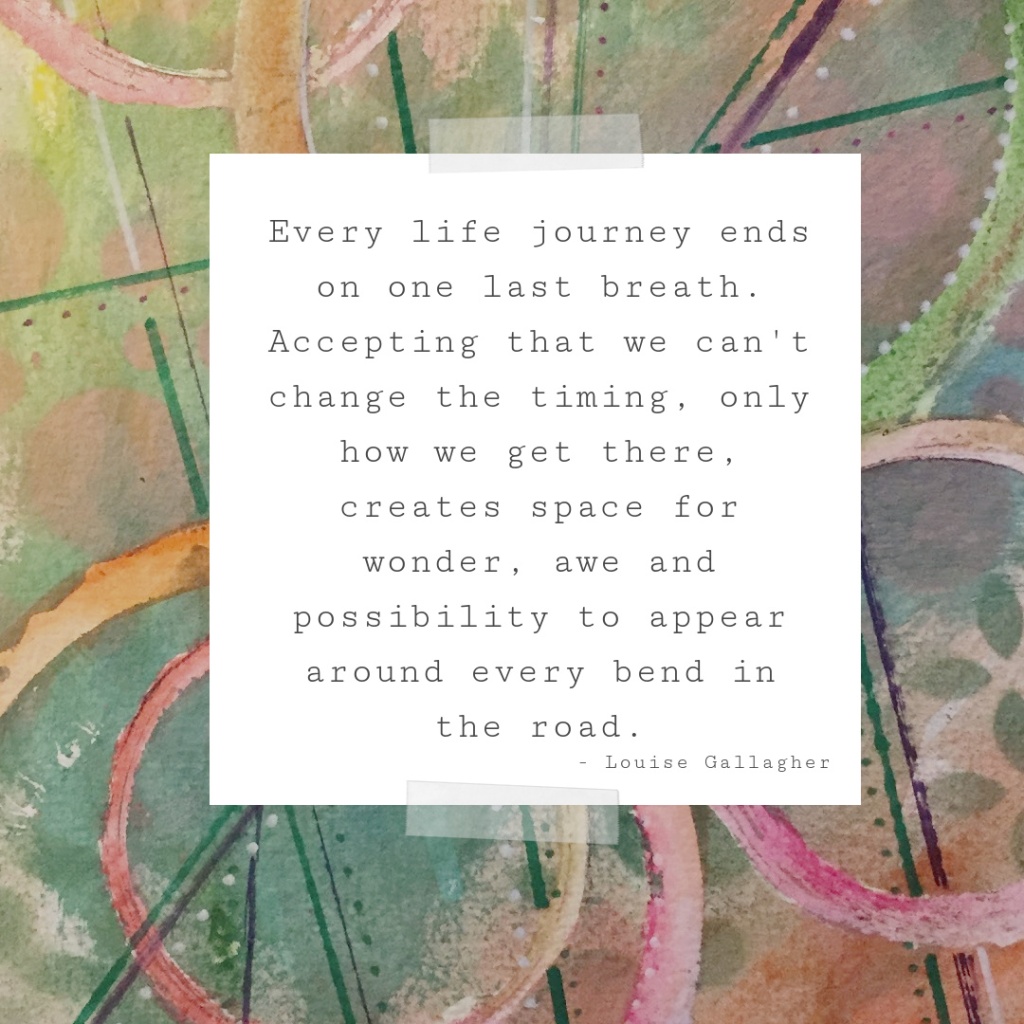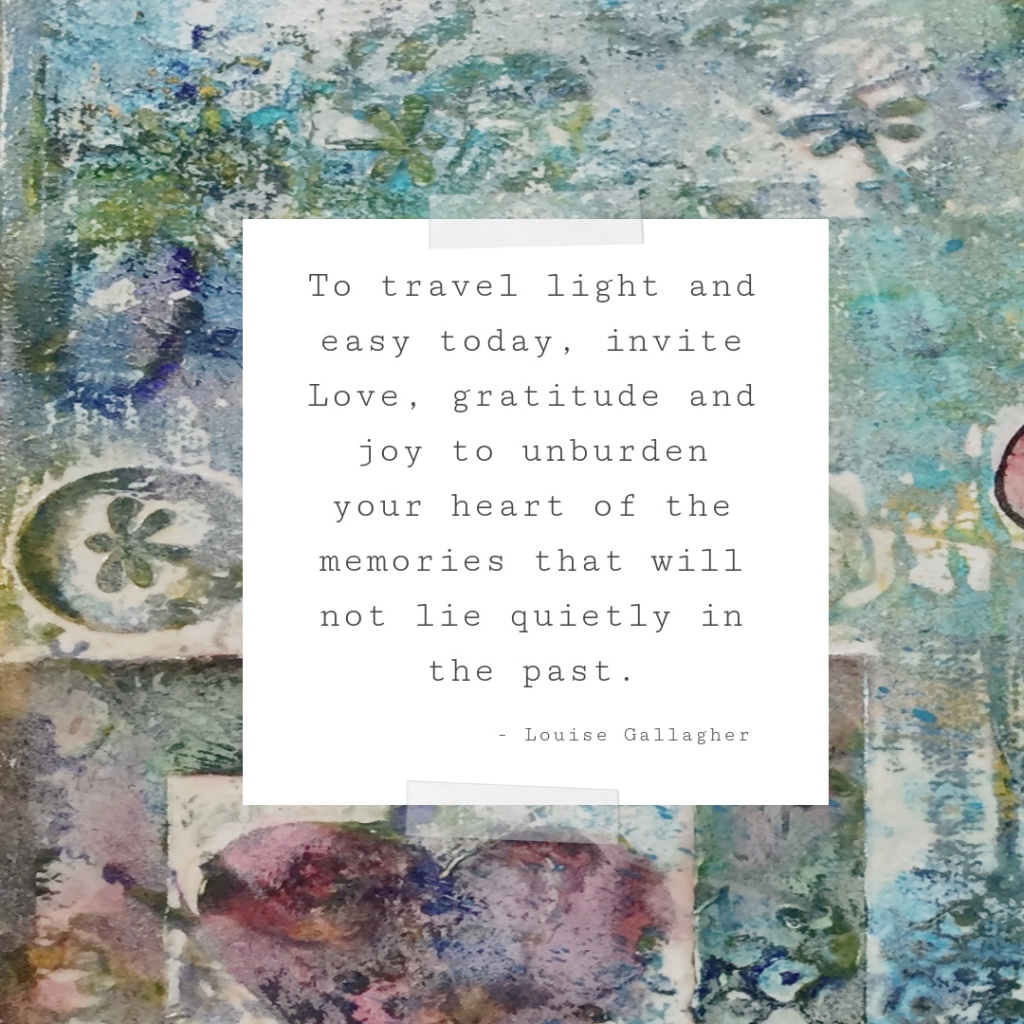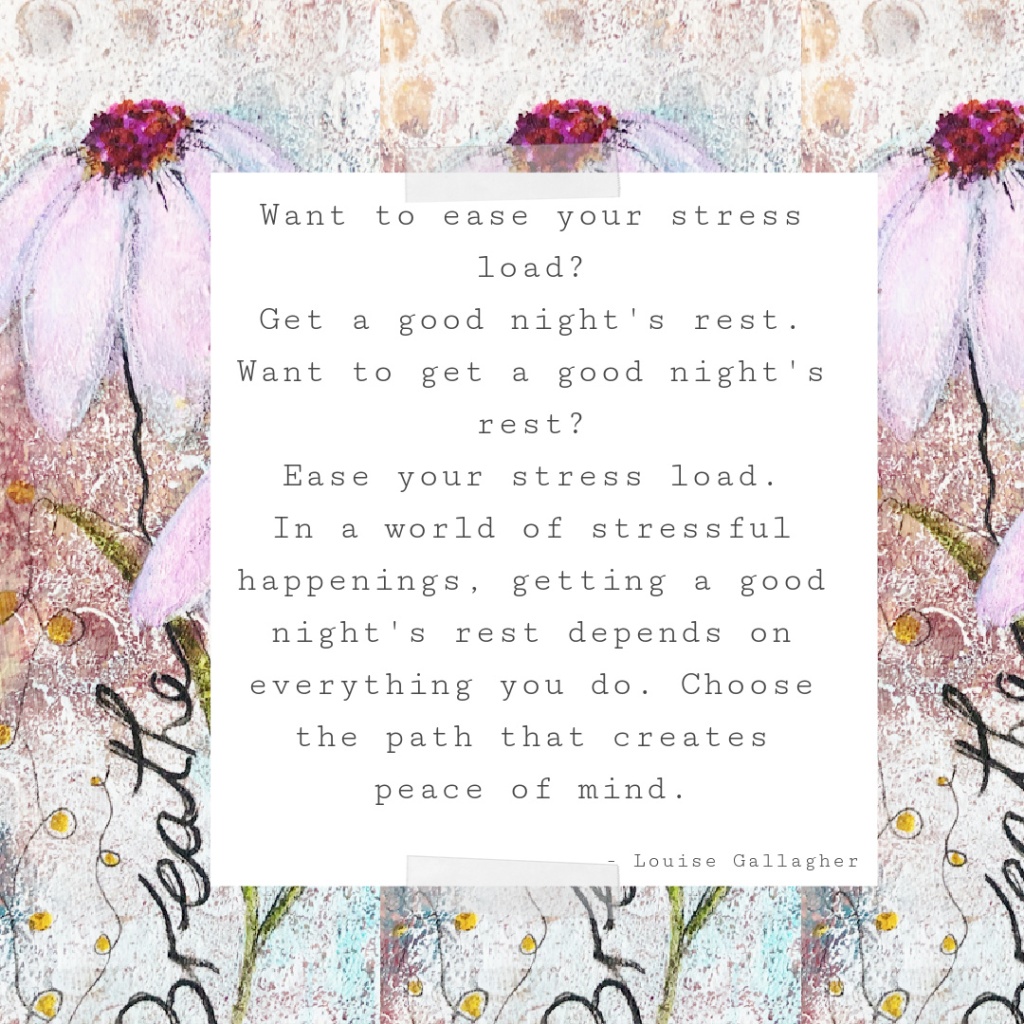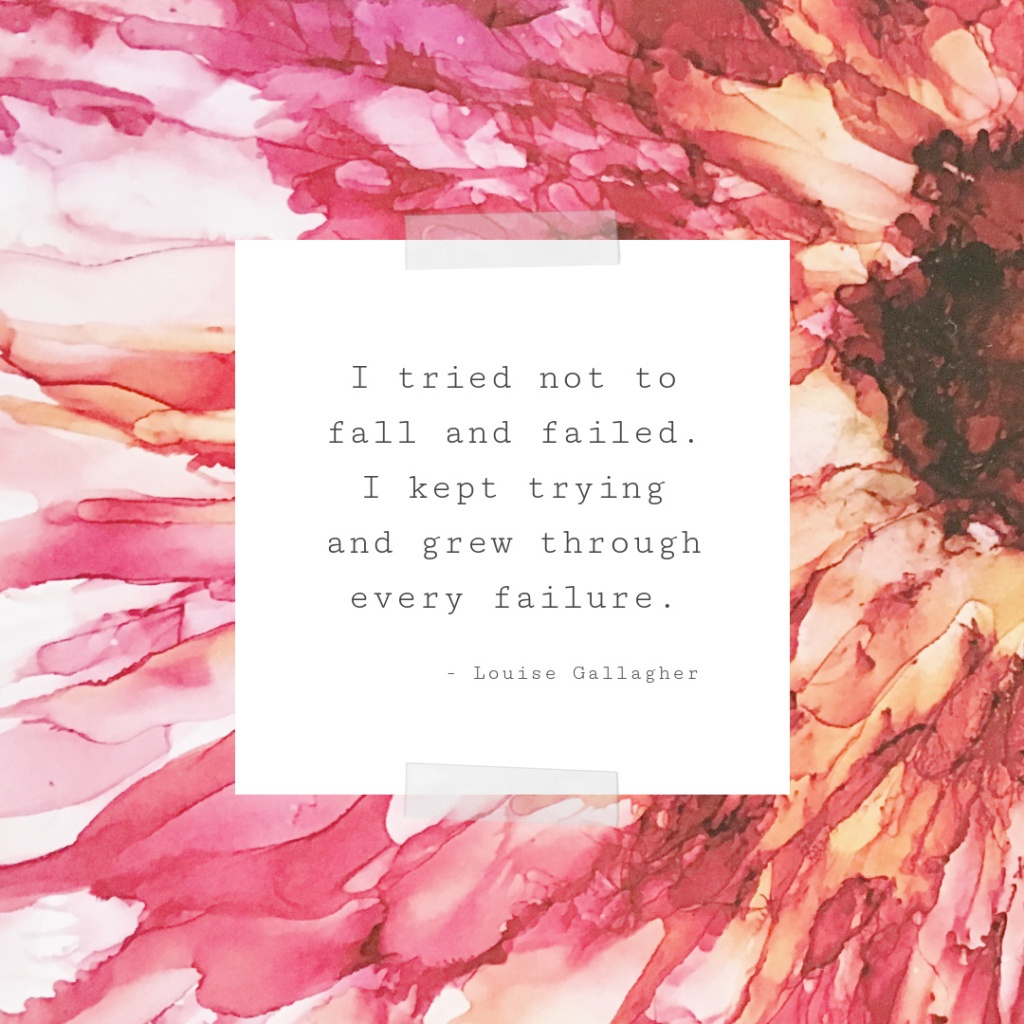On Friday’s post, a commenter mentioned how wanting something too much affects their balance.
I share that feeling.
Except for me, it isn’t so much about balance as it is about fear. I have long known that I have difficulties with ‘trust’. The biggest piece being ‘trusting the universe’ It’s as if within me is this critter voice hissing “don’t tell the world your dreams or even put them down on paper and whatever you do, don’t wish for something too hard! The universe will do its best to push you down if you do.”
I didn’t say it was rational. It just is what it is.
The trick is to be conscious of its irrational and non-supportive nature. In my awareness, I breathe through the fear of being pummeled by the universe so that I am free to do what needs to be done to create a world of beauty, joy, love and laughter all around me.
Again, not trusting the universe ain’t rational. It is a learned behavioral response/thought that does not serve me well. Its genesis is buried deep in my psyche, formed when I was a child trying to cope with a world I did not understand, and a religious upbringing that had me fearing ‘god’ as an angry deity seeking to smoke and destroy those who disobeyed him.
Which is why I write about it.
In writing about it I get to see it, acknowledge it and laugh about it.
I mean, seriously? I think I’m so important to the universe that my wanting to reach the stars of my own dreams would cause it to direct the furies against me?
LOL — I am not that important nor powerful for the universe to change course.
What is important is that I play the leading character at centre stage of my own life – something I’ve struggled with for eons!
This is why it’s so important for me to care deeply about my limiting beliefs that have the capacity to keep me playing small in my own life.
None of us can afford to play small in our own lives.
The universe is going to keep doing what it does to keep the planets in orbit. We each need to do whatever we can to keep our lives growing and evolving and becoming our own special version of life on planet earth.
We need to play as large and loud and joyously as we can. We need to reach for the stars within our own dreams. Topple mountains standing in our way and soar above petty fears seeking to keep us playing safe in mediocrity.
To reach the stars of our own dreams, we must let go of the fears that keep us stuck in believing we don’t deserve to shine bright.
To let go of the fears, we must give ourselves permission to acknowledge our fears and breathe through them.
To breathe through our fears, we must be willing to both laugh at ourselves and be our own biggest cheerleaders.
And, to shine bright, we must never stop believing in ourselves, our dreams, and our right to reach for the stars, no matter our age!










